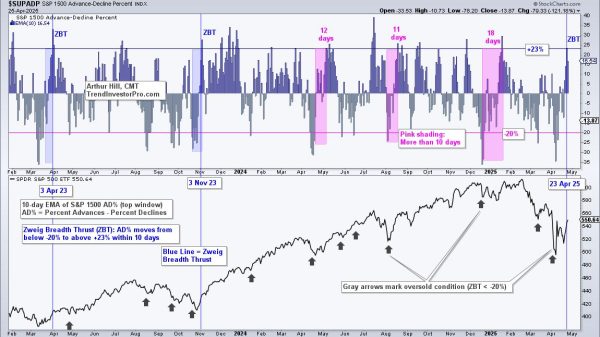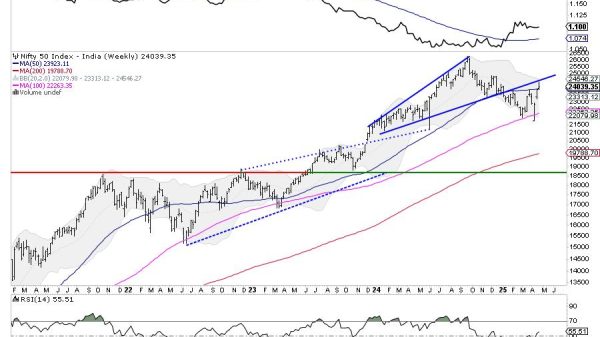The Brent crude oil futures contract is a popular way for investors to trade oil prices, and it is used as a benchmark for oil prices worldwide, but what is it?
What is Brent crude oil?
Brent crude oil is defined as oil drilled from the Atlantic basin, which started in the North Sea in the 1970s. The biggest North Sea oilfields are Brent, Forties, Oseberg, and Ekofisk, and this first oilfield is where Brent crude gets its name.
Brent crude oil is also known as Brent Blend, London Brent and Brent petroleum.
The Brent crude oil futures market
In 1979, the International Petroleum Exchange (IPE) introduced the Brent Crude Oil Futures contract.
In the crude oil futures market, the Brent futures contract is the most popular benchmark for oil prices worldwide.
Brent crude oil futures contracts are traded in standardised quantities of 1,000 barrels, the equivalent of 159 cubic metres. The price changes in increments of $0.01 per barrel, and each tick represents a value of $10.
Brent crude oil futures is the most liquid crude oil futures contract in the world, with an average daily trading volume of over 2 million contracts. It is used to price over three-quarters of the world’s traded oil.
What affects the price of Brent Crude?
The price of Brent crude oil futures is influenced by a variety of factors, including political events, supply and demand, and global economic conditions.
The oil production of other countries, for example members of The Organization of the Petroleum Exporting Countries (OPEC), can change the global balance of supply and demand, which in turn affects the price of Brent crude.
Also, because Brent crude is priced in US dollars, the Federal Reserve’s monetary policy decisions can also affect the price of Brent crude oil. For example, if the Federal Reserve lowers interest rates, the US dollar may weaken, making Brent crude oil cheaper for buyers who use other currencies.
What is the difference between Brent crude and West Texas Intermediate (WTI)?
Brent crude oil futures and West Texas Intermediate (WTI) futures are two of the most traded crude oil contracts in the world, but there are a few differences between them.
The Brent crude futures contract is traded on the Intercontinental Exchange (ICE), whereas the WTI futures contract is traded on the New York Mercantile Exchange (NYMEX).
WTI is produced primarily in the United States and so Brent tends to be more widely used as a global benchmark, while WTI is more relevant to the US market.
WTI is a lighter crude oil than Brent, with a lower viscosity. It is sometimes known as ‘sweet crude’ because its lower viscosity makes it easier to refine. Brent crude, on the other hand, has a higher sulphur content, which makes it more difficult to refine.
Trading Brent Crude Oil Futures
Trading Brent crude oil futures is a popular way for investors and traders to speculate on the price of oil.
Brent crude oil futures can be traded via a variety of different instruments, but a popular choice is via Contracts for Difference (CFDs). These have the advantage of enabling trading on margin, which allows increased exposure with lower capital.























